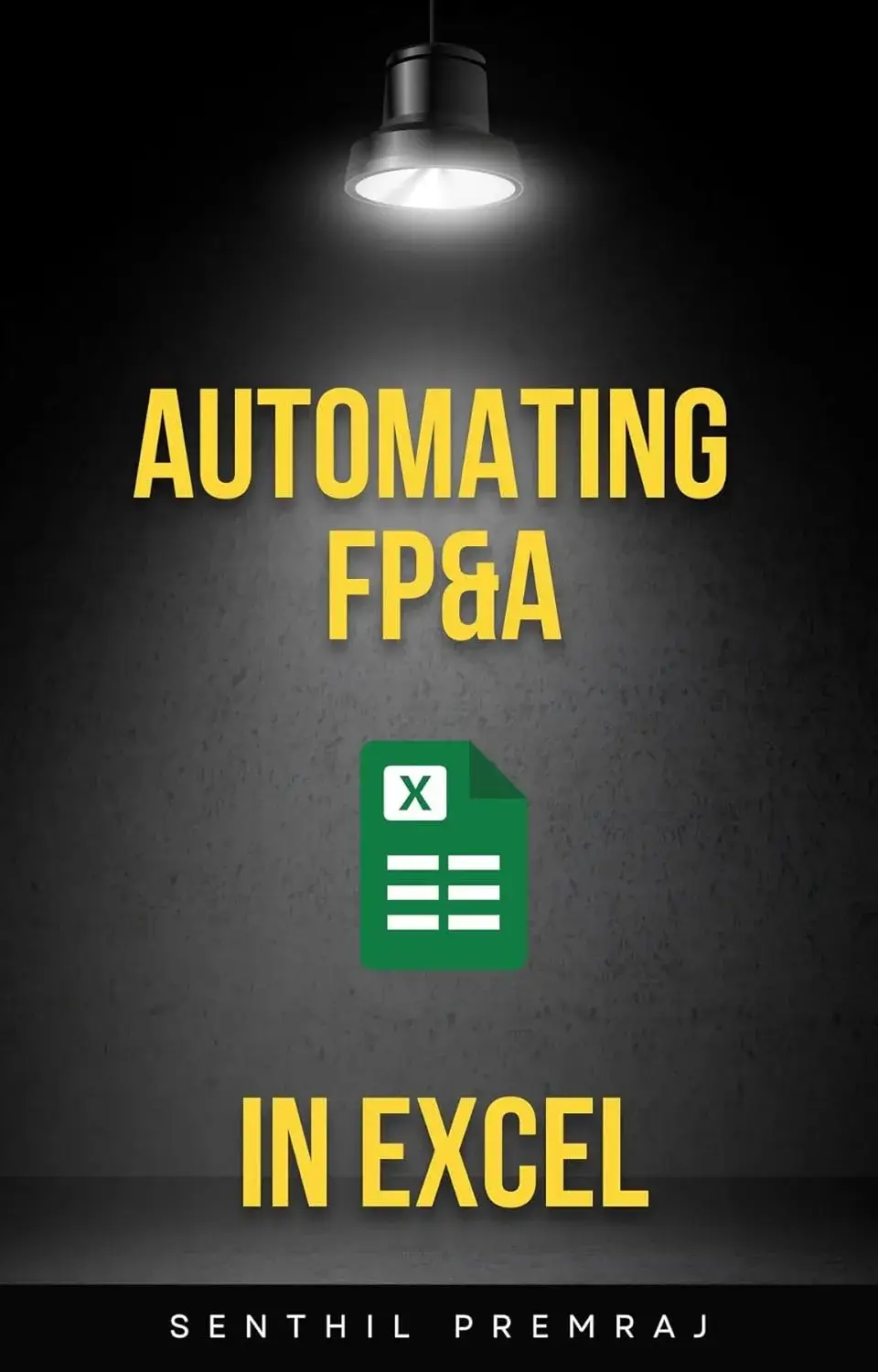When you search for “financial reporting software,” or ‘financial tools’ you’re likely looking for a smarter, faster way to generate your financial statements, eliminate manual errors, and get better visibility into your business. But not all software is created equal — and depending on where you are in your finance journey, your needs might vary widely.
In this guide, we break down what financial reporting software actually does, how to choose the right one, and what to expect as your reporting needs grow more complex.
What is Financial Reporting Software?
Financial reporting software helps businesses generate key financial documents such as income statements, balance sheets, and cash flow reports. It automates data aggregation, simplifies roll-ups, and supports real-time visibility into financial performance.
What It Solves:
- Manual consolidation from Excel files
- Complex intercompany eliminations
- Month-end close delays
- Inconsistent or outdated reports
- Lack of real-time insight
Key Features to Expect
Not all tools are the same, but here are the features most users search for:
- Trial balance imports and roll-up logic
- P&L, Balance Sheet, and Cash Flow generation
- Budget vs. actual variance analysis
- Multi-entity consolidation
- Dashboards and visual reporting
- Excel compatibility or extensions
- Forecasting and scenario modeling
- Collaboration and version control
How Financial Reporting Actually Works
Most financial reporting processes start with the trial balance — the foundational summary of all your accounts. From there, businesses typically:
Roll up the trial balance into key financial statements
- Profit & Loss (P&L)
- Balance Sheet
- Cash Flow
Add budgets and perform variance analysis
- Budget vs Actuals reports
- Variance analyses
Further segment the data
- Department
- Entity
- Project
- Product line
Financial Reporting Software vs FP&A Software
As reporting needs grow more complex, especially when:
- You want to collect budgets or inputs from department heads,
- Need collaborative planning and approvals,
- Require calculations for KPIs, forecasts, or models,
- Want to automate recurring updates and reduce Excel risks,
Then you’re stepping into the territory of Financial Planning & Analysis (FP&A) — and you’ll need more than just Excel or a simple reporting tool.
At this point, a dedicated financial database (often with multi-dimensional structure) becomes essential to:
- Handle versions of budgets
- Store formulas
- Manage approvals
- Run automated logic (like allocations or driver-based forecasting)
PivotXL, for example, can handle financial reporting and FP&A:
- Rollups from your trial balance,
- Multi-entity consolidation,
- Budget import & version control,
- Custom scripting for KPIs and forecasts,
- And supports collaborative workflows across your team — without leaving Excel.
Detailed Features
If you would like to see detailed features check out our product documentation for features of an full-fledged FP&A tool.
Product Demos
If you are looking for multiple product demos, check out our youtube playlist for a full understanding of the functionality.
Options for Financial Reporting Tools
- Excel-based Tools: Add-ins or enhancements (like PivotXL) that maintain Excel workflows but add structure and automation.
- Cloud FP&A Platforms: Full SaaS platforms like Datarails, Cube, Vena — with web-based interfaces, budgeting modules, and collaboration.
- ERP Reporting Modules: Native financial reporting within systems like NetSuite, Sage Intacct — often strong in accounting, but weaker in planning.
Pricing Models & What to Expect
- Excel-enhanced tools: ~$500–$2,000/month depending on features
- Cloud FP&A platforms: ~$12k–$50k/year depending on user count, features, and implementation
- ERP modules: Usually included, but may require consultants or customizations
Don’t forget hidden costs: training, consulting, implementation delays, and long-term support.
Tool Comparison Table
| Tool | Excel Compatible | Consolidation | Dashboards | Pricing | Analyst Support |
|---|---|---|---|---|---|
| PivotXL | ✅ | ✅ | ✅ | $1000/mo | ✅ |
| Vena | ✅ | ✅ | ✅ | $$$ | ❌ |
| Cube | ✅ | ❌ | ✅ | $$$ | ❌ |
| Datarails | ✅ | ✅ | ✅ | $$$$ | ❌ |
Choosing the Right Tool
- Just need reporting and automation? Try Excel-compatible tools
- Need collaborative budgeting? Consider FP&A platforms
- Already in an ERP? Explore its reporting capabilities first
Get Started with a Proof of Concept
Sometimes the easiest way to evaluate is to just see your data in action. PivotXL offers a no-cost, no-commitment proof of concept: we’ll take your trial balance, roll it up, and show it in your own template.
Start small. Scale later.
This guide is part of the PivotXL resource series: smarter FP&A inside Excel.



